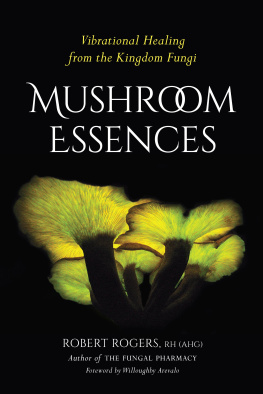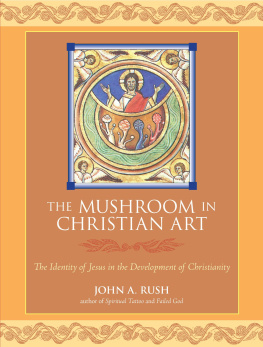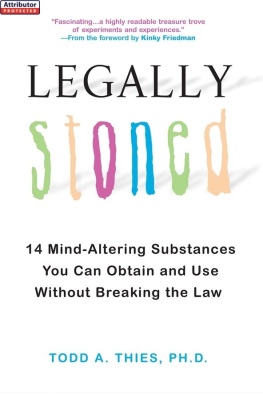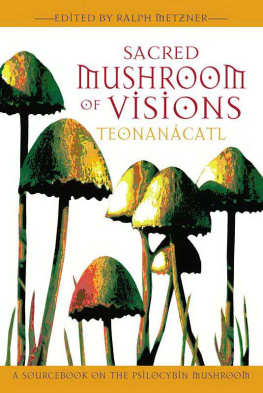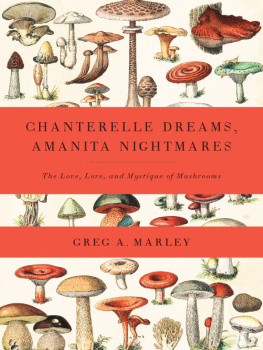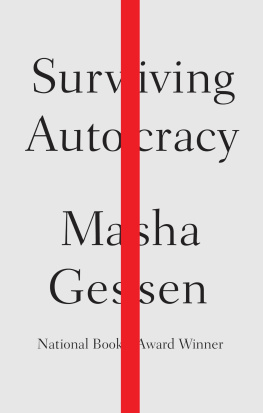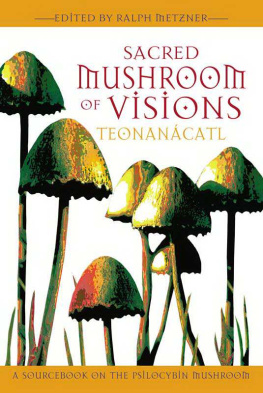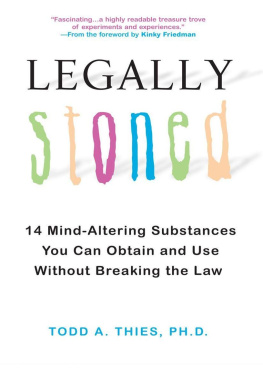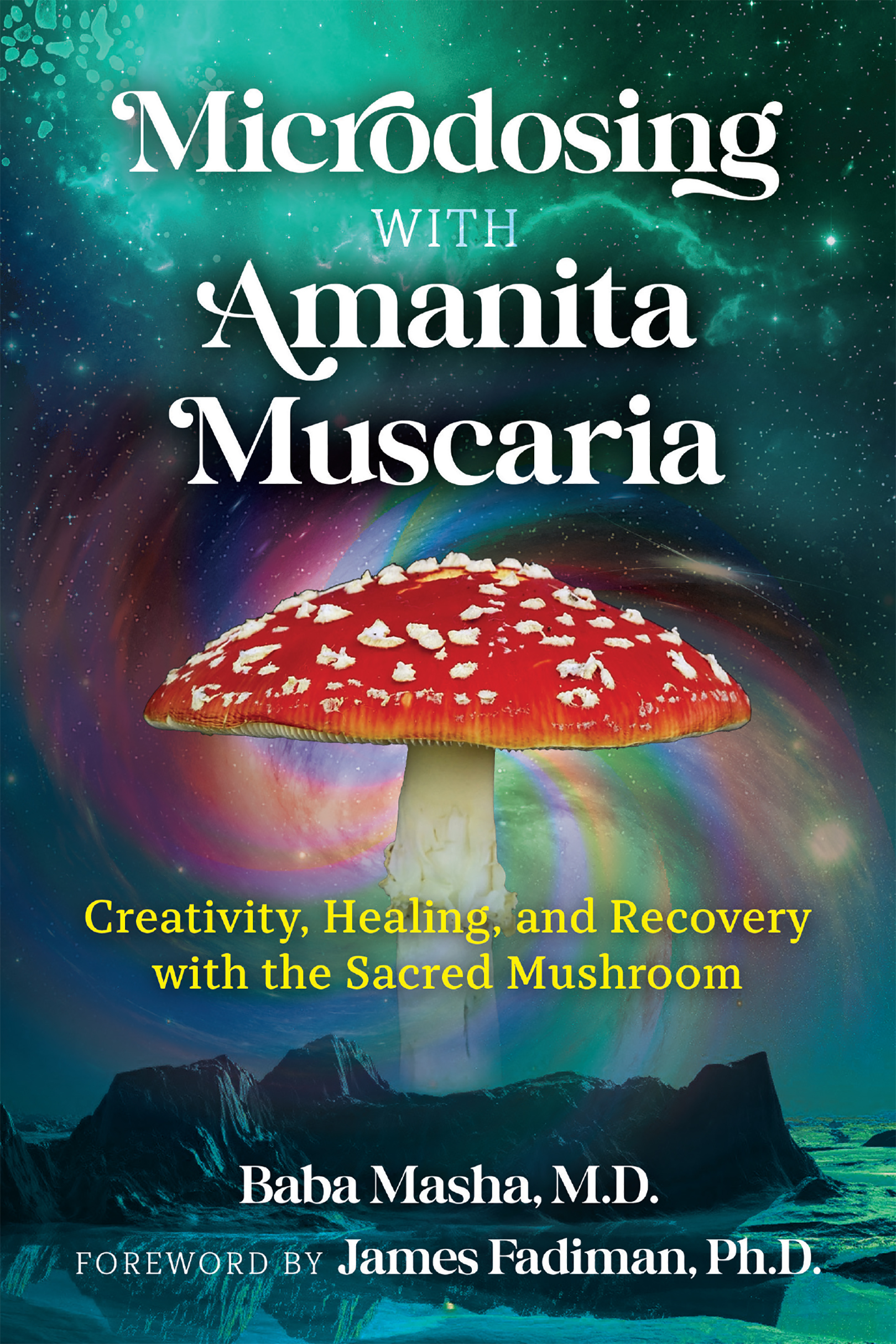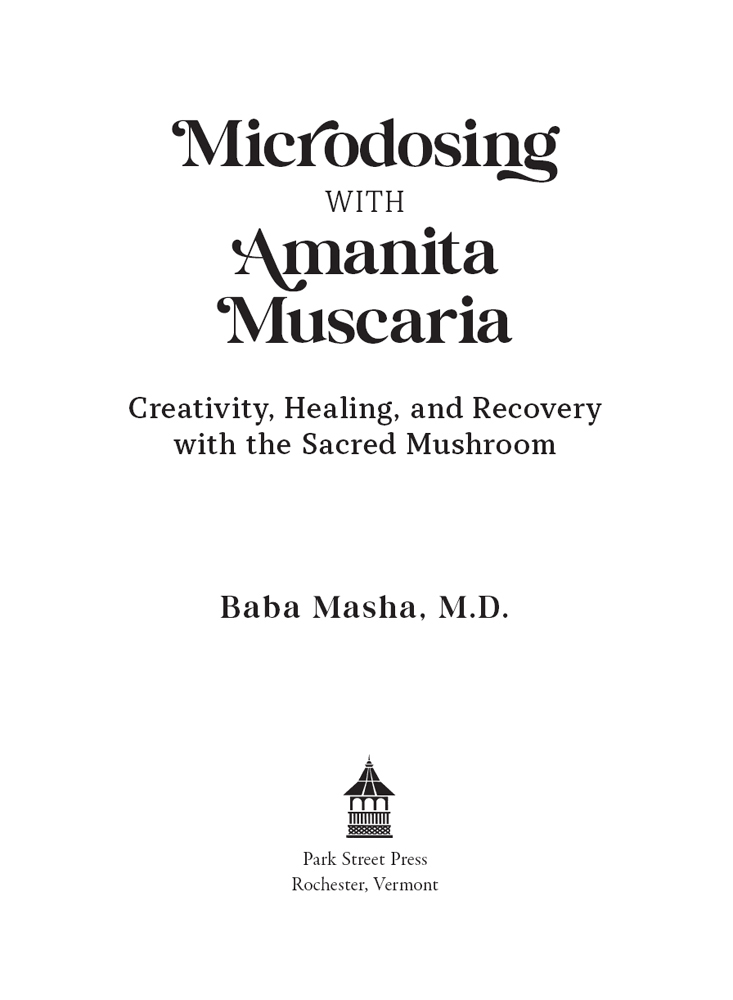Baba Masha - Microdosing with Amanita Muscaria: Creativity, Healing, and Recovery with the Sacred Mushroom
Here you can read online Baba Masha - Microdosing with Amanita Muscaria: Creativity, Healing, and Recovery with the Sacred Mushroom full text of the book (entire story) in english for free. Download pdf and epub, get meaning, cover and reviews about this ebook. year: 2022, publisher: Inner Traditions/Bear & Company, genre: Romance novel. Description of the work, (preface) as well as reviews are available. Best literature library LitArk.com created for fans of good reading and offers a wide selection of genres:
Romance novel
Science fiction
Adventure
Detective
Science
History
Home and family
Prose
Art
Politics
Computer
Non-fiction
Religion
Business
Children
Humor
Choose a favorite category and find really read worthwhile books. Enjoy immersion in the world of imagination, feel the emotions of the characters or learn something new for yourself, make an fascinating discovery.

- Book:Microdosing with Amanita Muscaria: Creativity, Healing, and Recovery with the Sacred Mushroom
- Author:
- Publisher:Inner Traditions/Bear & Company
- Genre:
- Year:2022
- Rating:3 / 5
- Favourites:Add to favourites
- Your mark:
Microdosing with Amanita Muscaria: Creativity, Healing, and Recovery with the Sacred Mushroom: summary, description and annotation
We offer to read an annotation, description, summary or preface (depends on what the author of the book "Microdosing with Amanita Muscaria: Creativity, Healing, and Recovery with the Sacred Mushroom" wrote himself). If you haven't found the necessary information about the book — write in the comments, we will try to find it.
Reveals how Amanita microdoses are effective for pain relief and for interrupting addictions to alcohol, opiates, nicotine, caffeine, and other narcotics
Details how to safely identify, prepare, and preserve Amanita muscaria, including recipes for tincture, tea, oil, and ointment as well as proper microdose amounts
Exploring the results of the first international study on the medicinal effects of microdosing with Amanita muscaria, the psychoactive fly agaric mushroom, Baba Masha, M.D., documents how more than 3,000 volunteers experienced positive outcomes for a broad range of health conditions as well as enhanced creativity and sports performance. Masha discovered that Amanita microdoses offered help and healing for hormonal dysfunction, low libido, allergies, asthma, swelling, gingivitis, nail fungus, digestive issues, and skin conditions such as eczema and psoriasis as well as recovery from stroke and cardiac arrest. She found beneficial effects on depression, epilepsy, hypertension, insomnia, and low appetite and shows how Amanita microdoses are quite effective for pain relief, including in cases of rheumatoid arthritis, menstrual pain, and migraine.
The author also reveals how Amanita microdoses can interrupt addictions to alcohol, nicotine, caffeine, opiates, and other narcotics. The author details how to safely identify, harvest, prepare, and preserve Amanita muscaria, and she includes recipes for tincture, tea, oil, and ointment as well as proper microdose amounts. She shares more than 780 personal Amanita microdose reports from study participants, detailing the positive, negative, and neutral effects they experienced, and she also shares some Amanita large-dose trip reports, cautioning against this practice because of the mushrooms strong dissociative properties, including amnesia.
Revealing the vast healing potential of this ancient mushroom ally, Mashas study shows not only how Amanita can help with many health conditions but also how it activates the ability to feel the value and the significance of your own life experience.
Baba Masha: author's other books
Who wrote Microdosing with Amanita Muscaria: Creativity, Healing, and Recovery with the Sacred Mushroom? Find out the surname, the name of the author of the book and a list of all author's works by series.

